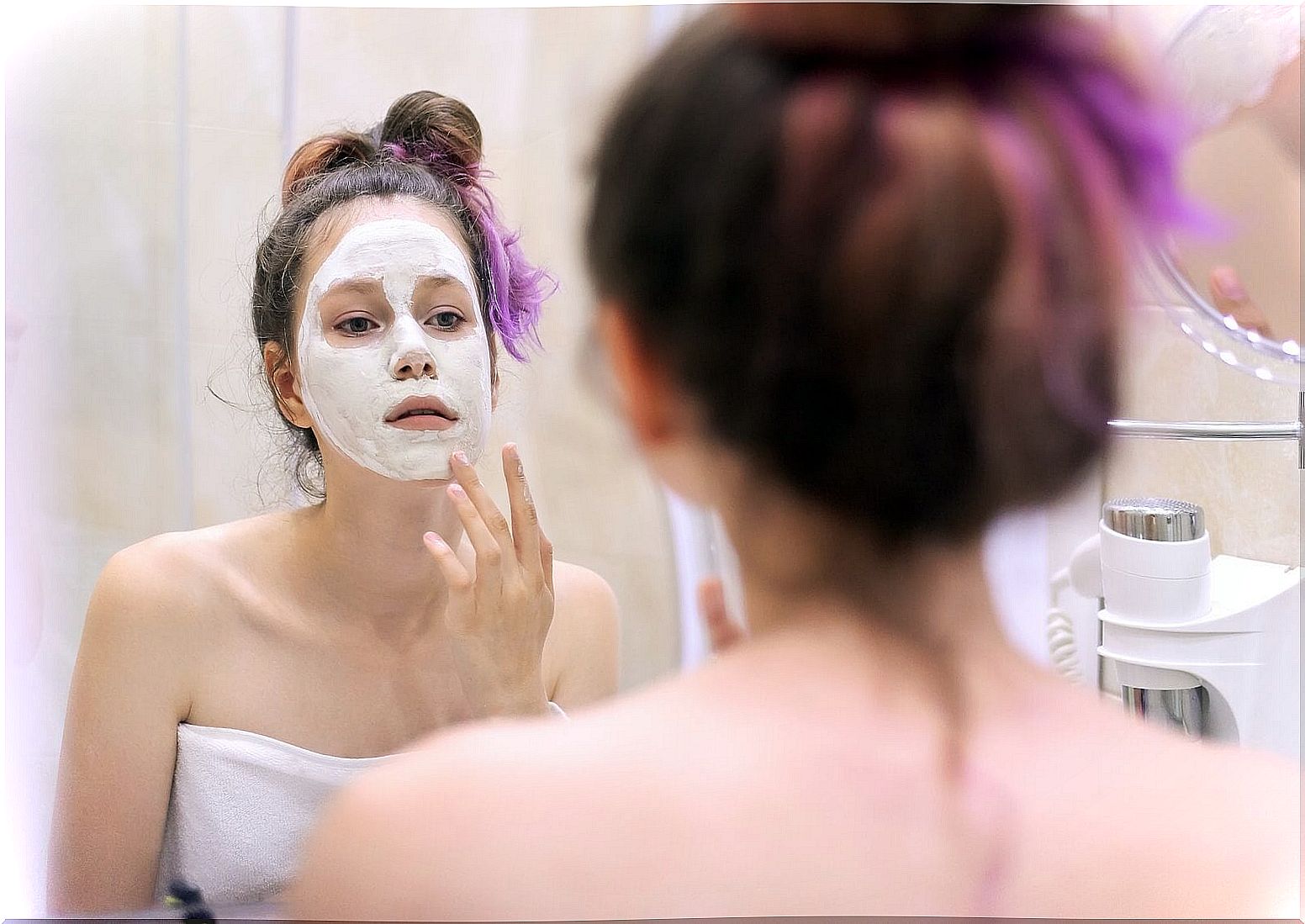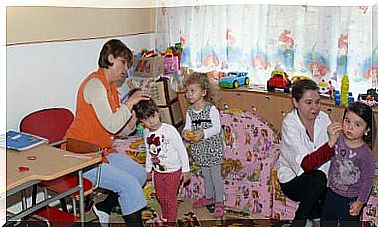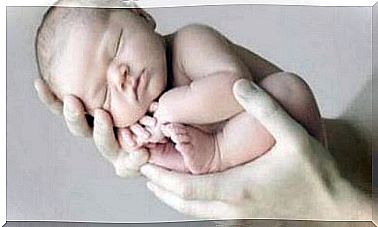The Most Common Skin Problems In Adolescents
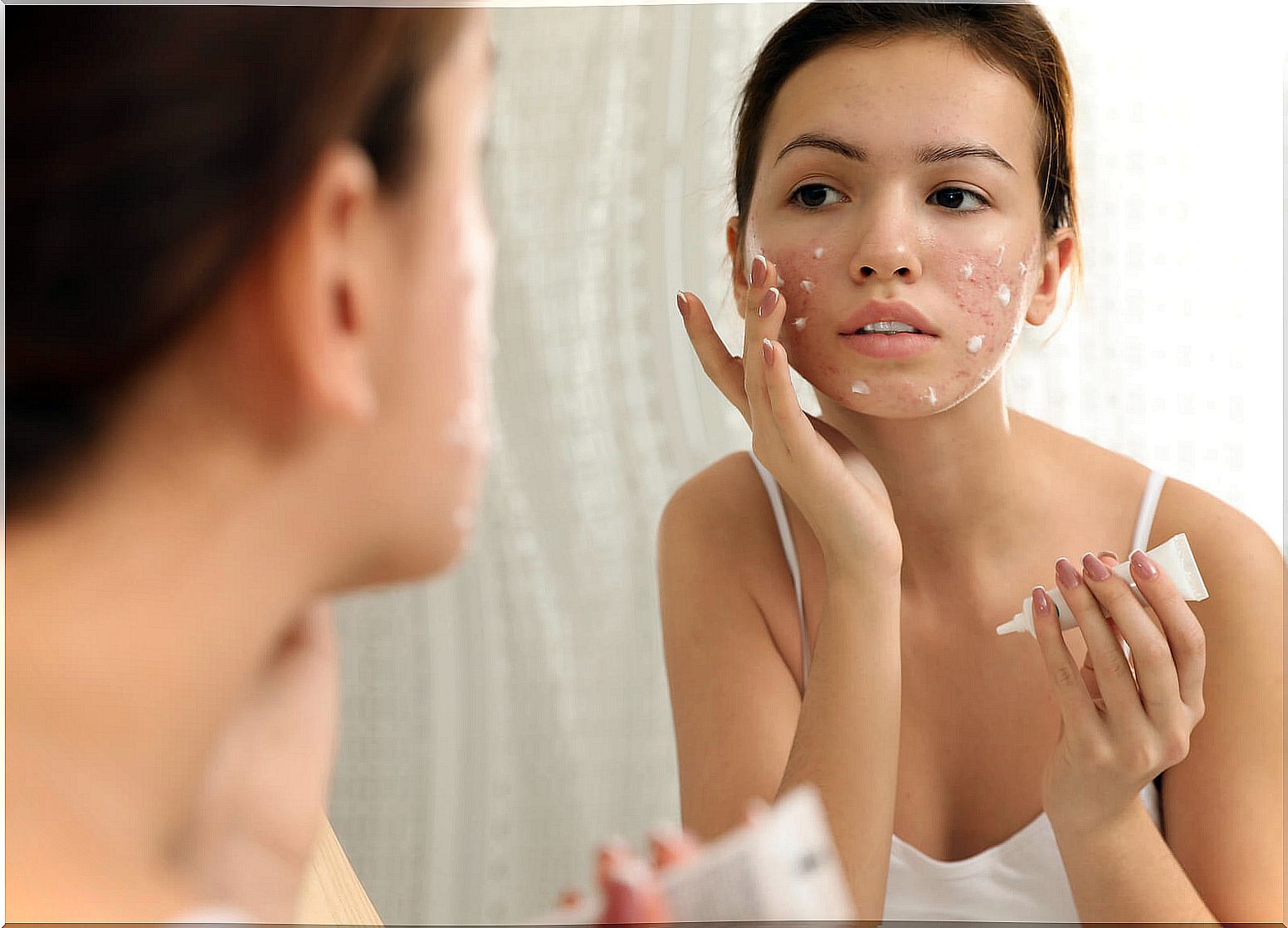
The most common skin problems in adolescents are related to the functional increase of certain skin structures due to hormonal alterations. Adolescence is one of the most important stages of growth for both the psychological and physical development of the individual.
Most common skin problems in adolescents
Increased circulating levels of androgens during adolescence acts on terminal hair, apocrine sweat glands, and sebaceous glands. The stimulation or alteration of all these structures of the skin trigger characteristic conditions of the cutaneous surface.
Vulgar acne
Acne vulgaris is the most common dermatosis at this stage of development. It is a chronic inflammatory disease characterized by the presence of the following lesions:
- Comedones.
- Pustules
- Papules.
- Cysts
- Scars
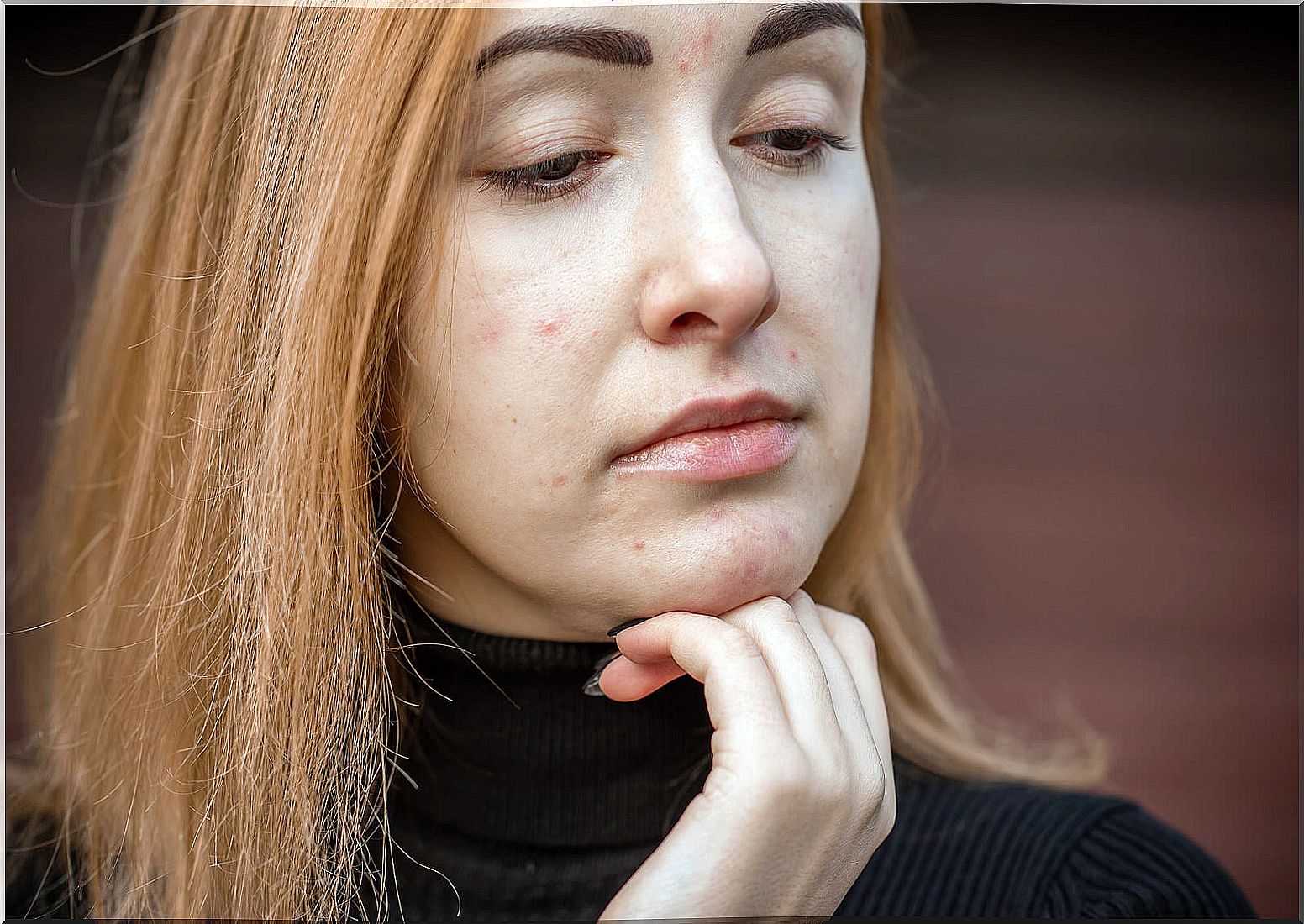
In adolescence, the areas of the body that are most affected by this type of pathology are the seborrheic ones, that is, the shoulders, back and face.
Additionally, acne can persist into their 20s and 30s in about 64% to 43% of people, according to studies published in The British Journal of Dermatology . Therefore, it is always recommended to use sun protection factor to avoid residual hyperpigmentation macules in the regions where active acne lesions are found.
Rosacea, one of the most common skin problems in adolescents
Rosacea is a chronic inflammatory pathology and quite common to diagnose. Consequently, there are four clinical subtypes that are governed by the predominant signs and symptoms:
- Erythematotelangiectatic.
- Papulopustular.
- Fimatous.
- Ocular.
According to the 2019 Committee of Experts of the National Rosacea Society , some of the following manifestations are considered diagnostic: fixed midface erythema with a certain pattern that may intensify periodically or fimatous changes. In turn, two of the following criteria are also considered diagnostic: redness, papules and pustules, and telangiectasias.
Oily skin, another of the most common skin problems in adolescents
Oily or seborrheic skin is a skin condition that is seen predominantly at puberty. The skin is shiny and oily in appearance, with enlarged pores and a greater tendency to develop acne.
The consequences of excess sebum can be linked to adverse social and psychological effects resulting from associated acne and the appearance of oiliness and shine on the skin.
It is at this stage of development where you should begin to implement a routine of daily skin care to avoid complications from the stimulation and development of the sebaceous glands.
Folliculitis
Folliculitis is a common, benign skin condition in which the hair follicle becomes inflamed, infected, and a pustule forms. Sometimes it occurs as a result of inflammation secondary to cystic hairs, as well as certain drugs such as lithium and cyclosporine.
The diagnosis of folliculitis is made in the medical consultation through direct observation of the lesions.
Viral warts
Viral warts are benign skin growths that can develop anywhere on the body and in any shape. In turn, they are very contagious and common proliferations to diagnose in the medical consultation. They are harmless, but they can be annoying and unattractive.
Warts are generated by the human papillomavirus (HPV), of which there are more than 100 different types. This type of virus can enter the skin through a superficial lesion and develop additional growth.
Dandruff or seborrheic dermatitis
This type of condition develops in the seborrheic regions of the body. Therefore, there is a greater predisposition in the upper part of the thorax, in the retroauricular area, in the face and in the scalp. Some of the prevailing manifestations are the following:
- Desquamation.
- Pruritus.
- Inflammation.
- Marked erythema.
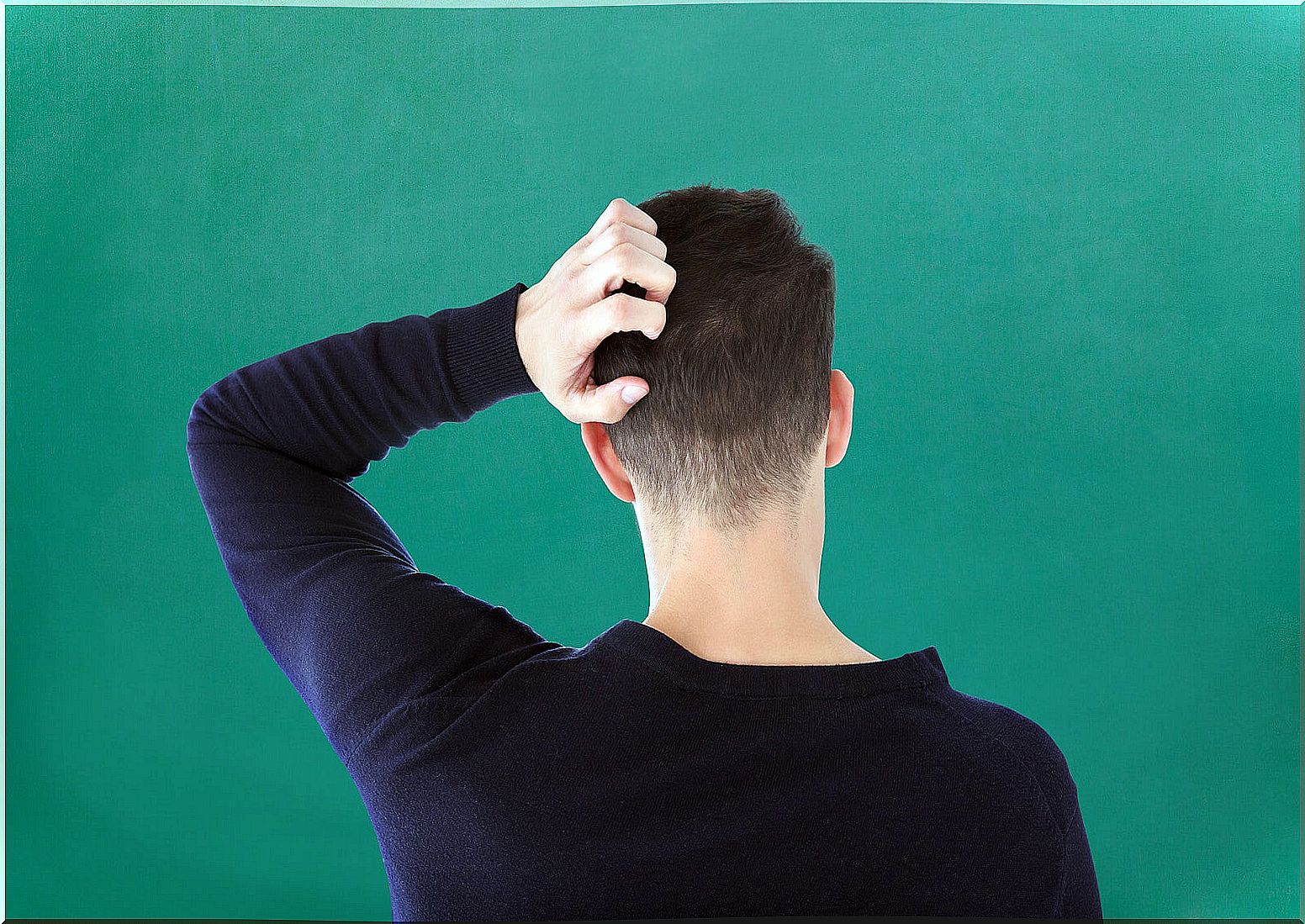
The distribution of injuries in the body is symmetrical. However, this pathology is not contagious or fatal. Treatment is focused on eliminating signs of the disease, improving related symptoms (itching), and maintaining remission over time.
According to a review in Dermatology , the variety of antifungal treatments that exist are effective, flexible and safe.
Atopic dermatitis
Atopic dermatitis is a chronic inflammatory skin disease that is triggered in most cases in childhood. The condition persists from childhood to adolescence in about 40% of cases.
In addition, it manifests with palpebral dermatitis and juvenile palmar and plantar dermatitis. The therapeutic pillars for the management of atopic dermatitis in adolescents are the same as those implemented in children.
Skin problems affect much more than the skin
Skin problems in adolescents can have consequences of great magnitude because much of the self-esteem of these ages is linked to their body image. Likewise, it is advisable to start consulting with the dermatologist in the puberty stage to prevent these types of conditions and start a correct skincare routine (facial care).
